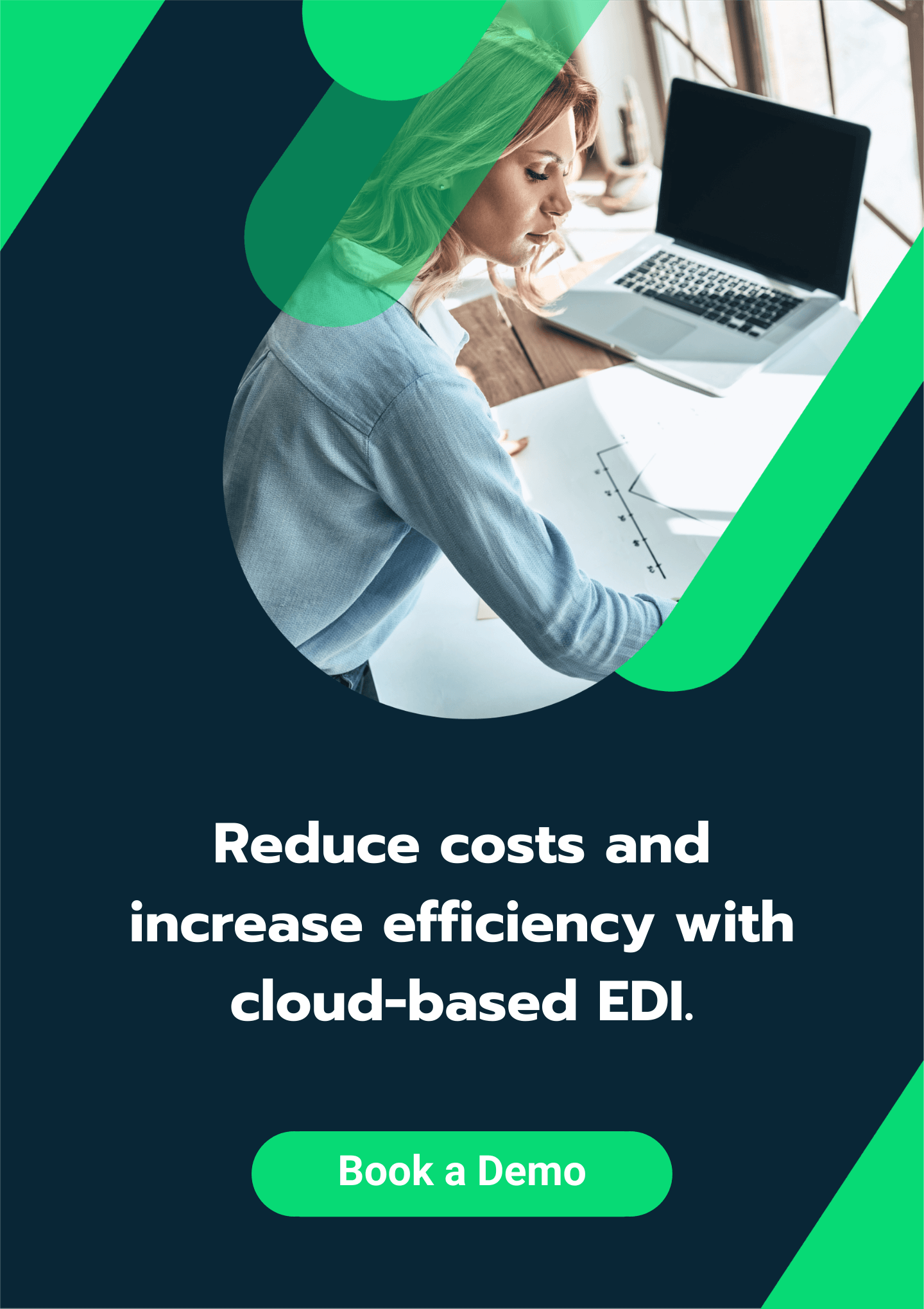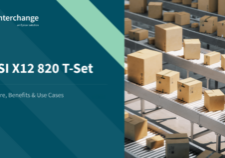Ten things to look for in an EDI Managed Service Provider
When looking for an EDI Managed Service Provider (MSP) you are probably thinking, where do I begin? Well, we thought we would give you a head start! We have compiled the top ten things to look for.
1. Integration
EDI involves a lot of integration and sometimes the integration can be quite complex with several different systems being involved across the world. It is important that you check that the provider can integrate with your systems. Also, find out how experienced they are with integration. Have they integrated with your ERP software before? To ensure you find the right provider, make sure you discuss all your ‘back office solutions’, this way you will get a feel for how experienced the company and its experts are.
2. Network reach
Whether you are a large or a niche business, you may want to check the network reach of the EDI provider. Do they have global connections? Or are they mainly based in Europe? This may be the deciding factor between providers. If your footprint extends beyond that of the EDI provider, you may want to look elsewhere.
3. Customer experience
Are they available 24/7 and respond to calls and tickets quickly? Checking out the details of the customer support side of the service is key. You want to be able to rely on someone who will always be there and understand your business and the impact made. Afterall, EDI is a critical function to businesses, so for an issue to be forgotten or delayed in being fixed is just not good enough. This goes in hand with the company culture, so ask questions around the company values and this will give you a steer on whether they might be the right fit.
4. Proactive support
Do they monitor your traffic and proactively prevent issues rather than waiting for them to happen? Do they rely on manual monitoring or do they have sophisticated software that alerts them? The last thing you want is for issues to be buried and not communicated to you. You need to find a provider who is transparent and wants to work with you rather than for you.
5. Security
How secure is their cloud? What are their processes like? Take a look and see if they have the correct accreditations and certifications in place to ensure your data is being handled safely. Do you have specific security criteria? Make sure you check with them that this can be achieved or even better, is already covered. For example, encryption is becoming more prevalent than ever before. If this is something your business requires, make sure you qualify if encryption is in place and how it has been set up.
6. Portfolio of services / Types of EDI
Are they a one size fits all? Think about the size of your business, do they have customers of a similar size who are happy with their service? Check out their case studies or quotes to see what businesses like yourselves think. If you are a niche business, you may need a more bespoke EDI solution. Some larger providers might try and force you down their standard route, so be cautious of this. It may mean you end up choosing a smaller provider who often deals with more complex EDI solutions on a case by case basis.
In addition, when choosing an EDI provider, it is key to make sure they offer all the services and solutions you will require. For example, mapping and translation software and services is a common requirement for businesses using EDI. It is mostly needed on an ad-hoc basis, however, being able to use your existing provider rather than having to source an additional one would save you a lot of time and effort.
7. Industry
Do they understand your business? Again, look at their case studies to see if they provide EDI services to your sector. They might have an industry section on their website as some providers tailor their solutions to each industry. EDI often varies across industries as communication protocols differ. Ask if they support your communication protocols, as that could become the deal-breaker.
8. Budget
Often when businesses look for suppliers or solution providers, it comes down to budget. When looking at the market leader, paying more for the solution in comparison to its competitors is expected. We know that going with the market leader is a safe and easy option, but often we assume they will be able to offer a solution to fit the business, thus, we do not ask as many questions. Sometimes they make the process so easy that it is not until we get to the end, we find out their solution is way out of budget!
Habitually, market leaders will be looking for the large businesses that they can win large deals with. Unfortunately, this does not fit with most businesses, and sometimes even the larger businesses refuse to pay a substantial amount of extra money for what is essentially a ‘brand name’. Therefore, even though you may ‘want’ to play it safe, it might be best to compromise and investigate several different providers. You never know, you might find the perfect match.
9. Transparency
Buyer behaviour and expectations have changed dramatically over the last few years. People expect to have visibility of what they are paying for, no matter what it is. Whether it is the pricing, aspects of the service such as having a dashboard, or being able to report on certain metrics, we want it all and now. When choosing your EDI managed service provider make sure you have fleshed out everything you would want to have access to, visibility of and support with. Also, make sure the provider is transparent about their pricing for the solution and service. This should outline what is included and how much it costs. In addition, what is not included but is available at an extra cost and how much.
Moreover, is the provider open about their suppliers and partners. What is the chain of supply like? Do they own and develop the software themselves and have full control? Or do they rely on a third party? If it is the latter, the time to get issues resolved could be rather lengthy and out of control. This can also lead to broken communications and they may not understand the impact on your business.
10. Business Continuity
Over the last few years, it has become common for businesses to have a robust business continuity plan. Therefore, it is worth asking if the provider has one, but also what it consists of. For example, how do they ensure they can continue to provide their services during a global emergency? Make sure you probe them about the resiliency of their service and what measures they have in place for different disaster scenarios.
Now more than ever, business data is very valuable. The last thing you would want is your service provider to not have a secure and well-built backup environment. In addition, it is key to ask where your backups are kept. After all, if they are on the same site/location, then there really is not much resiliency at all.
Furthermore, asking about Return Point Objective (RPO) and Return Time Objective (RTO) is another essential question. Imagine your business in a disaster, how long could your business systems be ‘down’ for before you go bust? How much business and money would you lose in that time? If you know that you could only afford to be down for one day, you need to ensure that your provider can not only provide your data backup but also get everything back up and running within that time frame.




























































































































